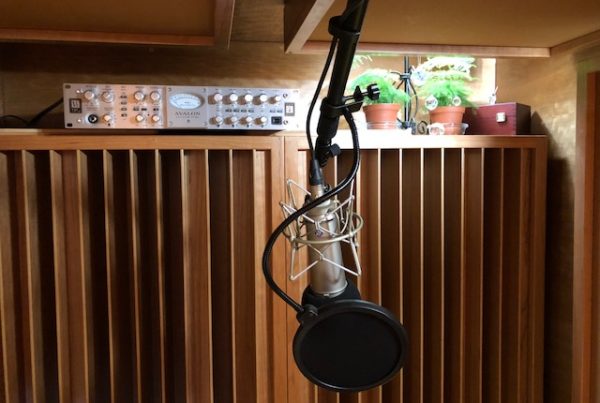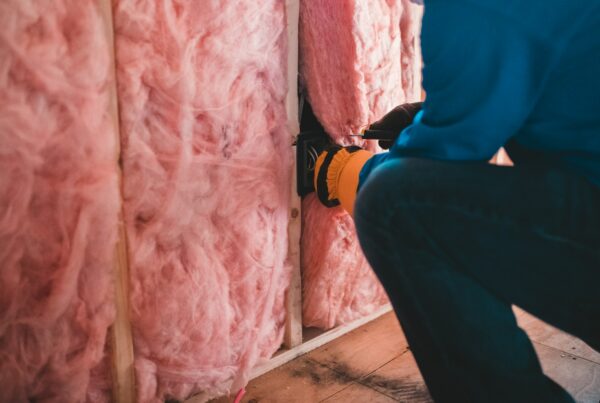Great Sounding Speakers
Have you ever heard anyone say that certain speakers sound great and others do not sound great? I am certain all of us in the audio business have heard this statement before. What goes into this statement and what does a great sounding speaker sound like. I think the real answer is somewhere between measurements and perceptions.
Hearing Test
The first measurement we could look at would be the hearing capacity of the listener. Does the listening have the physical ability to hear everything that the speaker can produce. Is the listener able to process that so important 500 – 3,500 range where all middle range information lies. Can the higher frequencies be heard or are they attenuated by aging of the listener. Assuming all parts are there and in good working order, we can now look at the speaker measurements.
Speaker Measurements
Do our speaker measurements glide smoothly across the frequency spectrum or do we have a 300 cycle bump because of the crossover. Is the cabinet resonances properly damped so we actually hearing speaker only sound as much as that is possible. Do all crossover points in each of our drivers work together so there is a seamless blend of middle and high frequencies.
Speaker Combinations
Is the low frequency bands properly balanced to mix and match with the middle frequencies. Or are we running smaller monitors that maybe go down to 50 Hz. and have no low frequency extension to them because of their size. Are we using the two smaller monitors in conjunction with a sub woofer. Is the sub woofer crossed and positioned correctly within the room in which it is placed.
Not One Size Fits All
Is the speaker the correct size for the room. Will it provide too much energy for the room to handle at average or higher sound pressure listening levels. If our listener thinks more is better, than having a six foot tall speaker in a room that is 7 tall, may cause sonic issues. Critical matching of driver diameter and number of drivers to room size is very important to sound quality perception of any speaker size.
Room Sound
When someone says that speaker sounds great, those words must be qualified by saying, “in this room” The room contributes at least 50% to the sound the listener is hearing. It is not just this speaker sounds great it is this speaker sounds great in this room. Low frequency resonances, speaker to room wall distance, listening position to speakers, and comb filtering from our room can set the stage for audible room sound in our mixes or playback presentations.
Room Size
Room size is critical. There is simply no substitute for selecting the proper ratio of height, width, and depth that will produce the least amount of low frequency resonances. Not only the amount of resonances but where they are located within the room. One must find these elephants and tame them through proper low frequency absorption techniques. Resonance blur and smear our presentations with excess energy that can smoother and blur our music presentations. A microphone placed in a room resonance may not “hear” any of the frequencies you want to record because the pressure level of the resonance is smothering everything you want to record.
Speaker Boundary Interference
Where is our speaker that sounds great located. If it close to a room wall surface, we will have condition occurring termed speaker boundary interference. The distance of the speaker to the wall and listening levels is a critical factor in determining room frequency response. If the speaker is placed too close to the wall, we can have low frequency energy levels increased at our listening position. If the listener like bass and the speaker/wall distances are more on the bass heavy side, he may consider that sound to be good speaker sound. Instead, It is bad room sound.
Near Field
If our speakers that sound great are set up in a near field set up, then we have less room reflections to deal with at the listening position. With less room reflections at our listening position, we have less room sound and more direct energy from our speakers. If a near field set up is used we hear mostly the speaker. Sitting and listening near field is a good way to really listen to a speaker. If it sounds great near field, it will probably be a great speaker.
Comb Filtering
Comb filtering is another room distortion that can cause our speaker and room sound to not get along at all. The problem with comb filtering is that you may not know that you have it. If you measured the room, you would know. The display of a comb filter looks like hash marks that resemble the teeth in a pocket comb. Comb filters hide and distort frequencies that are mainly located in the middle frequency range where most vocal information lies. They are a series of reflections between two closely located surfaces that get together and make their own sound.
Many Factors To Great Sound
If someone says that this or that speaker sounds great, we must make sure the listener can hear everything reproduced by the speaker. The speaker must also be able to reproduce all the energy required in a seamless and timely manner and presentation. The position of the speaker within the room and the size of the speaker to the room all can contribute to speaker sound quality perception. Speakers and the walls in the room can cause issues along with room size and comb filter distortions. These speakers sound great, must be followed by “in this room”.





